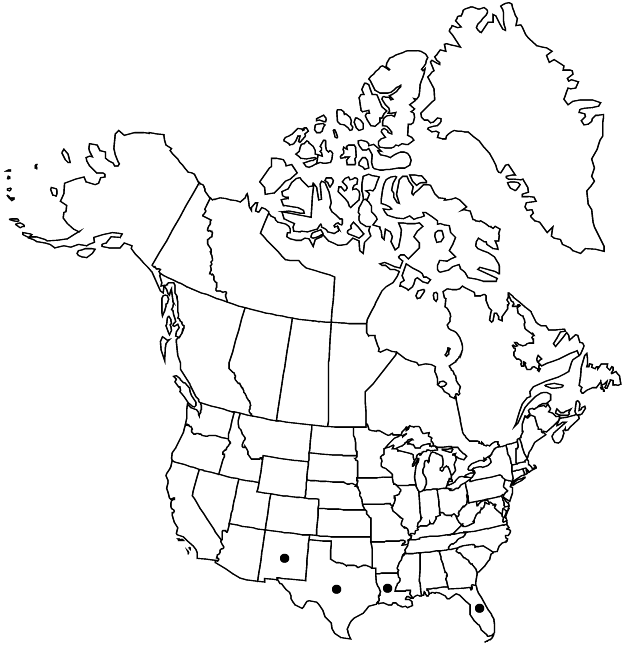Stellaria cuspidata
Ges. Naturf. Freunde Berlin Mag. Neuesten Entdeck. Gesammten Naturk. 7: 196. 1816.
Plants annual; taproot slender. Stems decumbent, much-branched, 4-sided, 15–70 cm, softly glandular-pubescent. Leaves petiolate (proximal) or sessile (distal), flaccid; blade ovate to deltate, 1–4.5 cm × 6–28 mm, base cordate, truncate, or rarely abruptly rounded, margins entire, apex acuminate, glabrous, rarely ciliate on margins. Inflorescences terminal, (3–)5–35-flowered cymes; bracts sessile, foliaceous, lanceolate to ovate, 3–30 mm, distally reduced. Pedicels ascending to spreading, sometimes deflexed in fruit, slender, 5–20(–30) mm, softly glandular. Flowers 3–8 mm diam.; sepals 5, with prominent midrib, lanceolate to ovate-lanceolate, 4–5 mm, to 8 mm in fruit, margins narrow, scarious, apex acuminate, blunt, pubescent on midrib, ± ciliate on margins; petals 4–5, 2–8 mm, shorter than to 2 times as long as sepals, blade apex deeply emarginate with 2 narrow lobes; stamens 3–8; styles 3, ascending, outwardly curved, 1.5–3 mm. Capsules green, transparent, ovoid, 4–6 mm, ± equaling sepals, apex obtuse, opening by 6 valves, recurved at tip; carpophore absent. Seeds reddish brown, round, 1–1.2 mm diam., covered with prominent, stalked glands. 2n = 26, 52.
Distribution

Fla., La., N.Mex., Tex., Mexico, Bermuda, South America.
Discussion
Subspecies 2 (2 in the flora).
Petal length, along with sepal and capsule size and shape, vary in the two subspecies. Although they appear to be distinct in the southern United States, in Mexico where their ranges overlap, plants of uncertain identification are frequently encountered.
Selected References
None.
Key
| 1 | Petals 5-8 mm, 1.5-2 times as long as sepals; sepals narrowly lanceolate, apex acuminate, 7-8 mm in fruit; montane | Stellaria cuspidata subsp. cuspidata |
| 1 | Petals 2-4 mm, equaling or shorter than sepals; sepals ovate-lanceolate, 4-5 mm in fruit; lowlands | Stellaria cuspidata subsp. prostrata |